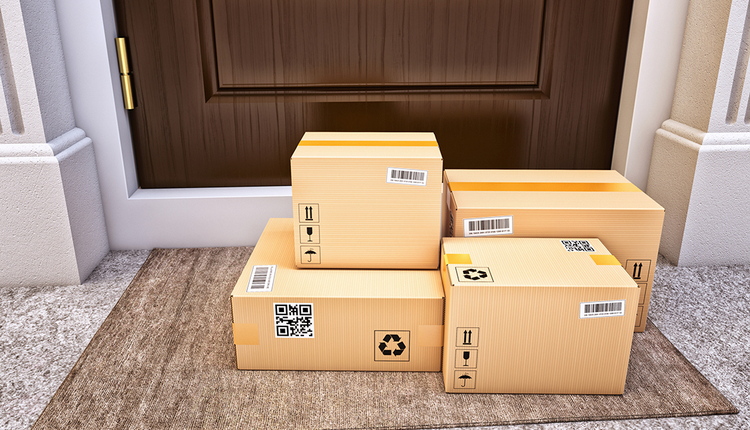According to McKinsey's consulting firm, 61% of executives reported decreased costs, and 53% reported increased revenues due to introducing artificial intelligence (AI) into their supply chains.
IT market research firm, Gartner, defines AI as "applying advanced analysis and logic-based techniques, including machine learning, to interpret events, support and automate decisions, and take action."
What does this mean for the small parcel market? Visibility, analytical insights, and improved decision making are among the benefits that AI offer the market.
For example, UPS has embraced AI in a number of its systems, including ORION and Network Planning Tools.
ORION, or On-Road Integrated Optimization and Navigation, is a route-optimization system that analyzes a collection of data points, including the day's package deliveries, pickup times, and past route performance to create the most efficient daily route for drivers.
UPS' Network Planning Tools provides many benefits, including visibility into UPS facilities and routing shipments to facilities with the most capacity. It can also give details on the packages in transit, including weight, volume, and delivery deadlines.
FedEx is also utilizing AI in its management of parcels. Its partnership with Microsoft, announced in May of this year, helped introduce FedEx Surround, a package-tracking, and logistics-intelligence service. The service, which runs on Microsoft's Azure cloud service, provides new data levels about the fastest way to transport packages. With Surround, real-time information on weather, traffic, fires, natural disasters, and other factors are used to route shipments. According to FedEx and Microsoft, the platform also aggregates information from customers to generate intelligence about the global supply chain without sharing sensitive information with third parties.
Routing efficiency improvements are a huge benefit to using AI but perhaps even more, particularly for retailers, is accurate forecasting. In today's uncertain, volatile market, consumer buying behavior has changed. McKinsey found that convenience and availability are the most often cited top drivers of consumers' decisions about where to shop. However, according to a CalAmp and Reuters Events survey, 51% of shippers consider the lack of clarity on consumer demand to be the most significant supply chain bottleneck they see due to the COVID-19 pandemic. Most forecasting is based solely on historical data, failing to factor in real-time market trends. Strategies are, therefore, based on obsolete data. Investing in AI software will allow businesses to gather information from key market sources and incorporate real-time trends data into their actions.
AI is also a significant factor behind the smart warehouse concept. A smart warehouse is defined as one in which machines and computers are used to complete everyday warehouse operations previously performed by humans. These operations include identifying and receiving orders, counting products, storing products, remembering where they are later, and sending orders to the correct place.
According to a Redwood Logistics blog post, for example, AI can alert robots to the most efficient route for storing and picking products. It can even help determine the appropriate box size based on the package type, number, size, weight, and density. Also, with the assistance of IoT, artificial intelligence can gather data to create a holistic strategy for the warehouse.
The use of artificial intelligence in parcel management will continue to grow. It will likely play an important role in determining real-time, dynamic parcel pricing and service level comparisons one day soon.
Chase Flashman is Co-founder and CEO of ShipSights, a developer of industry-leading supply chain data analytics software & producer of enterprise-level consulting solutions.
This article originally appeared in the November/December, 2020 issue of PARCEL.

















